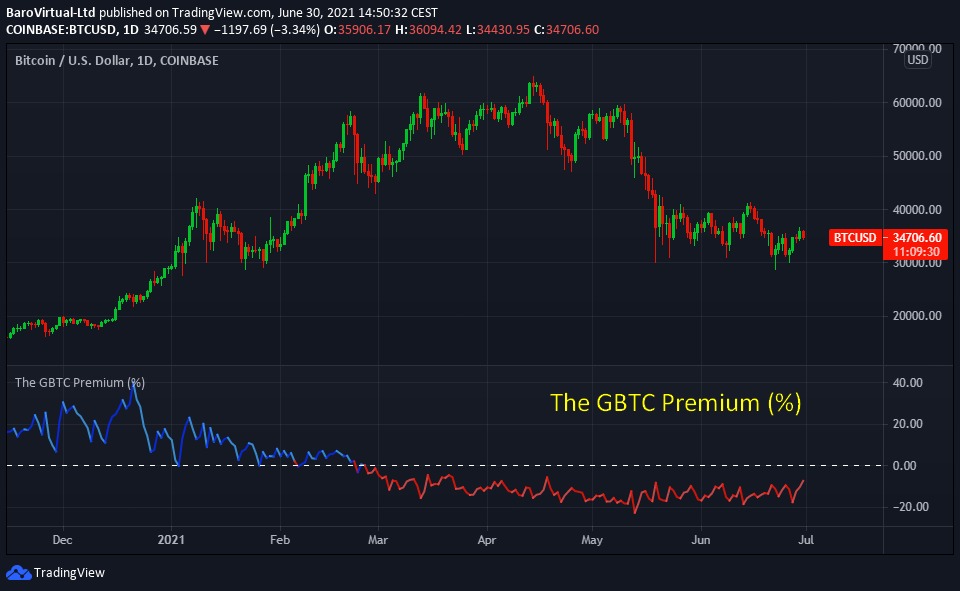Introduction
Bitcoin trading has emerged as a lucrative yet challenging endeavor for investors worldwide. With its substantial volatility and potential for high returns, Bitcoin trading requires a deep understanding of the market, strategic planning, and a disciplined approach. This article provides an in-depth look at various strategies and techniques that can help traders navigate the complexities of Bitcoin trading and enhance their chances of success.
Understanding Bitcoin Trading
Bitcoin trading involves buying and selling Bitcoin with the aim of making a profit. This can be done through various methods, including day trading, swing trading, and long-term investing. Each method has its own set of principles and requires different levels of commitment and risk tolerance.
Fundamental Analysis
Fundamental analysis involves evaluating the intrinsic value of Bitcoin by examining factors that could influence its price. Key elements of fundamental analysis for Bitcoin include:
Adoption and Usage: The extent to which Bitcoin is being adopted for various uses, such as online payments, remittances, and institutional investments, can impact its price.
Regulatory Environment: Changes in regulations and government policies towards cryptocurrencies can significantly affect Bitcoin’s value. Positive regulations can boost confidence and prices, while restrictive regulations can lead to declines.
Technological Developments: Innovations in blockchain technology, improvements in scalability, and new features added to the Bitcoin protocol can influence its market value.

Market Sentiment: Public perception and media coverage of Bitcoin can drive its price. Positive news can create buying pressure, while negative news can result in selling pressure.
Technical Analysis
Technical analysis focuses on studying historical price and volume data to predict future price movements. Traders use various tools and indicators in technical analysis, including:
Candlestick Charts: These charts display the open, high, low, and close prices for a specific period and help identify patterns that signal potential price movements.
Moving Averages: Moving averages smooth out price data to identify trends. The most commonly used are the Simple Moving Average (SMA) and the Exponential Moving Average (EMA).
Relative Strength Index (RSI): RSI measures the speed and change of price movements to identify overbought or oversold conditions. An RSI above 70 suggests overbought conditions, while below 30 indicates oversold conditions.
Bollinger Bands: These consist of a middle band (SMA) and two outer bands that represent standard deviations. Bollinger Bands help traders identify volatility and potential reversal points.
Trading Strategies
Several trading strategies can be employed to capitalize on Bitcoin’s price movements. Here are some popular ones:
Day Trading: This strategy involves buying and selling Bitcoin within a single day. Day traders aim to profit from short-term price fluctuations and often rely on technical analysis.
Swing Trading: Swing traders hold positions for several days to weeks, aiming to profit from medium-term trends. This strategy combines elements of both technical and fundamental analysis.
Scalping: Scalpers make multiple trades throughout the day, aiming for small profits from each trade. This high-frequency trading strategy requires a lot of time and quick decision-making.
HODLing: Long-term investors, or “HODLers,” buy and hold Bitcoin for extended periods, betting on its long-term appreciation. This strategy is less about trading and more about long-term investment.
Risk Management
Effective risk management is crucial for successful Bitcoin trading. Here are some techniques to manage risk:
Stop-Loss Orders: These orders automatically sell a position when the price reaches a certain level, limiting potential losses.
Position Sizing: Determining the right amount of capital to invest in a single trade helps manage risk. Traders often use a fixed percentage of their total capital for each trade.
Diversification: Spreading investments across different assets can reduce risk. Although Bitcoin is unique, traders can diversify within the crypto market by investing in other cryptocurrencies.
Regular Review: Continuously reviewing and adjusting strategies based on market conditions and performance helps in maintaining an effective trading plan.
Tools and Platforms
Several tools and platforms can assist traders in their Bitcoin trading journey:
Exchanges: Platforms like Binance, Coinbase, and Kraken facilitate buying and selling Bitcoin. They offer various trading pairs and tools for technical analysis.
Wallets: Secure storage solutions, such as hardware wallets (Ledger, Trezor) and software wallets (Exodus, Electrum), are essential for holding Bitcoin.
Trading Bots: Automated trading bots can execute trades based on predefined criteria. Popular bots include 3Commas, Cryptohopper, and TradeSanta.
